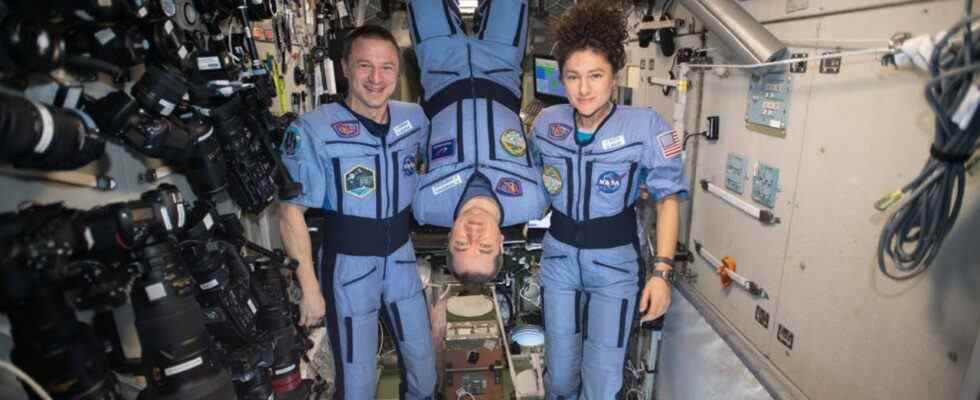We can say that the International Space Station (ISS), which has shed light on the space exploration of humanity for about 24 years, is an artificial satellite that can be lived on, so to speak. The spaceport, which is the largest artificial satellite in Earth orbit, has hosted astronauts and cosmonauts from 15 different nationalities to date.
Of course, when it comes to space, there are various question marks in mind. One of them is the question of how astronauts and cosmonauts sleep in a zero gravity environment. European Space Agency (ESA) astronaut Matthias Maurer gave the answer in the latest video published.
How do astronauts sleep in space?
In the latest video shared by the European Space Agency (ESA), Matthias Maurer answered the question of how astronauts prepare and sleep at night on the ISS. When we take a look at the video, we can easily see how difficult it is even to move in a gravity-free environment.
Before going to sleep, Maurer first performs routine procedures such as tooth brushing and face washing. Here, the movements of non-fluid water, like on Earth, draw attention. It is emphasized that the ISS, which is surrounded by electronic components, is very sensitive in terms of liquid, and therefore, if they see liquid droplets around, they wipe it with a cloth.
The answer to the question that we are all curious about is given from the third minute of the video. After performing all the pre-sleep processes, the astronaut enters the sleep capsule in the Columbus Science Laboratory on the ISS and begins to sleep. In other words, contrary to popular belief, situations such as flying and crashing during sleep do not occur.
So what do you think about this subject? Do not forget to share your views with us in the comments section or on the SDN Forum.

 shiftdelete.net
shiftdelete.net